At DryCore, we understand the detrimental effects of rising damp on your property. Rising damp occurs when groundwater seeps upward through the walls, causing moisture to rise and penetrate the building materials.
If left untreated, it can lead to serious structural damage and health risks. Our rising damp treatment services are designed to address this issue promptly and effectively, ensuring a dry and healthy living environment.
Here, we will explain what rising damp is, its common causes, and how our experts at DryCore can help you treat and prevent it.
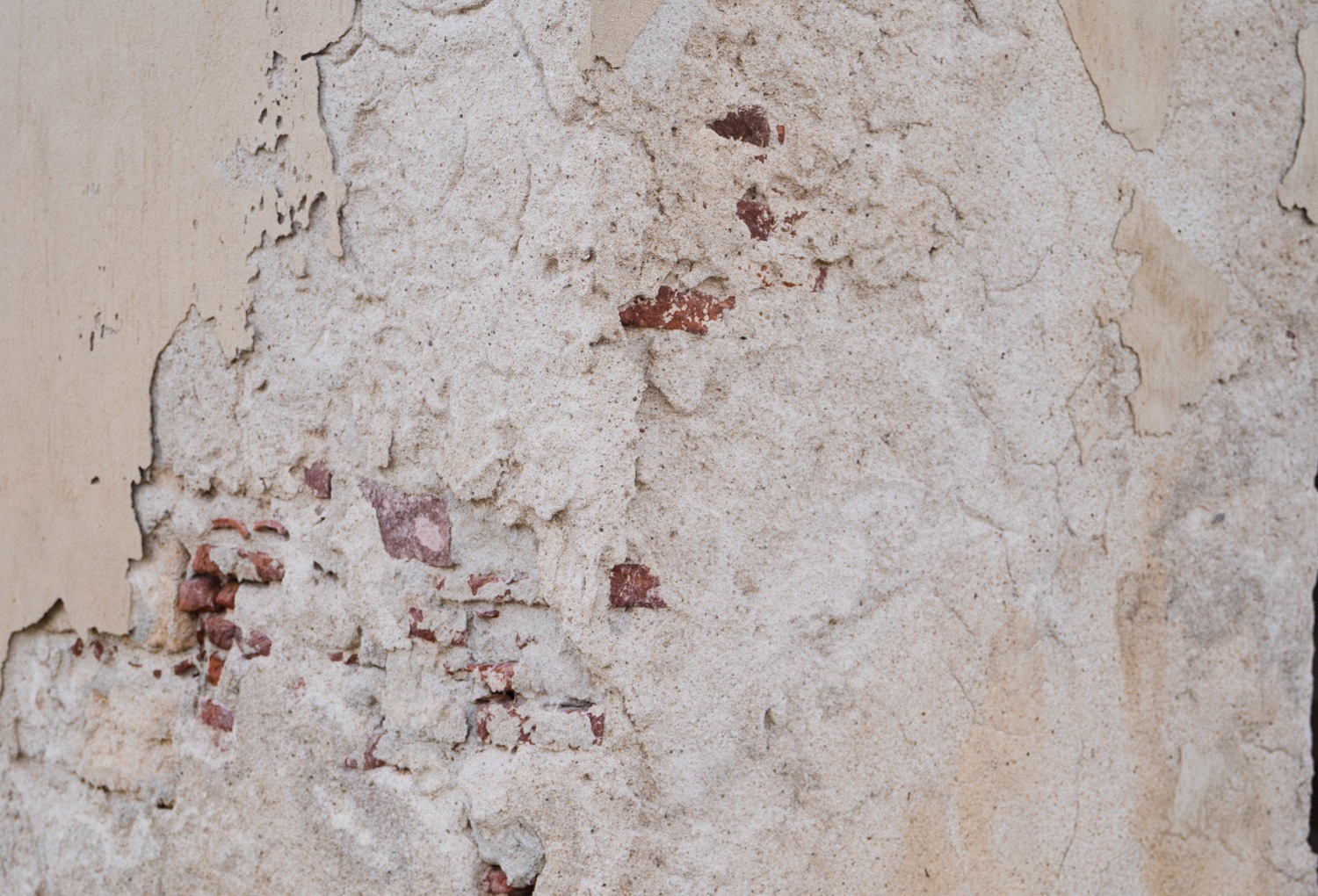
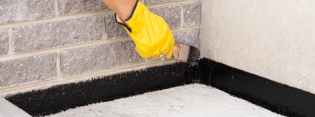
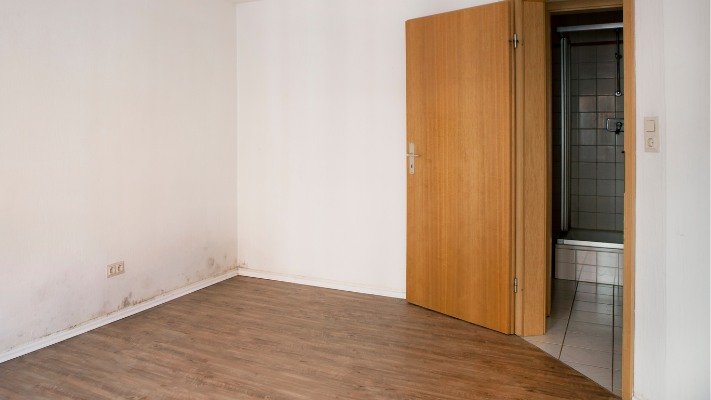
Rising damp refers to the process of moisture migrating upward through the walls of a building. It occurs when water from the ground is absorbed by porous building materials, such as bricks, and moves upwards through capillary action.
This upward movement of moisture can cause various issues, so look out for these signs of rising damp:
The presence of moisture can lead to unsightly stains, peeling wallpaper, tide marks, a damaged skirting board, and deteriorating paintwork on the affected walls. Damp patches are unsightly, and a clear indication of a damp problem at a home.
Rising damp often results in a musty smell in affected rooms due to the growth of mould and mildew.
Prolonged exposure to moisture can cause plaster to deteriorate, leading to crumbling or bubbling. It can also weaken the structural integrity of masonry.
Rising damp can create an ideal environment for mould growth, which can trigger respiratory problems and allergies.
Rising damp can be identified by the presence of damp or discoloured patches on walls, crumbling or blistering paint, efflorescence or salt stains, mould or mildew growth, and decaying skirting boards or timber. These visual signs indicate the presence of moisture and damage caused by rising damp.
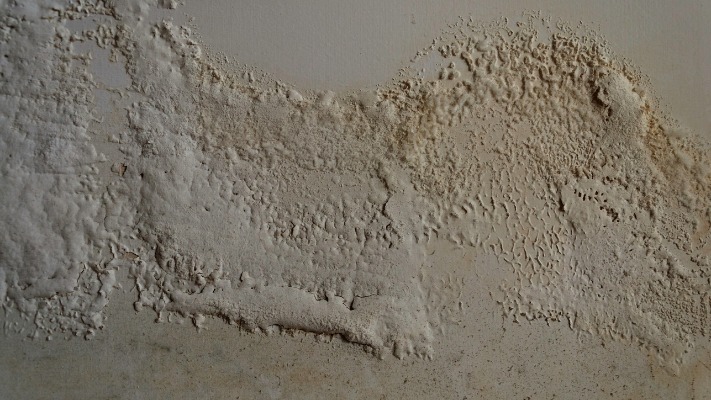
Trusted experts in damp proofing with a commitment to quality and customer satisfaction. Choose us today!



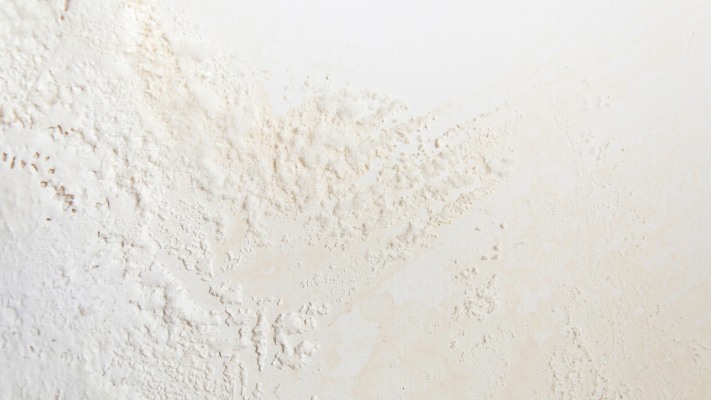
Rising damp is characterised by a musty or damp smell. This odour is often described as musty, similar to old basements or wet earth, and damp, resembling the scent of wet clothes or a damp towel. The presence of this distinct smell suggests the presence of moisture and rising damp within the affected area.
It is common to smell rising damp before you see the problem, which is why it is useful to be aware of the nasty odours associated with this issue.
Rising damp is not a myth; it is a legitimate and widely recognised phenomenon in the field of construction and building science. It occurs when groundwater or moisture from the soil is drawn upward through porous building materials, such as bricks or masonry, via capillary action.
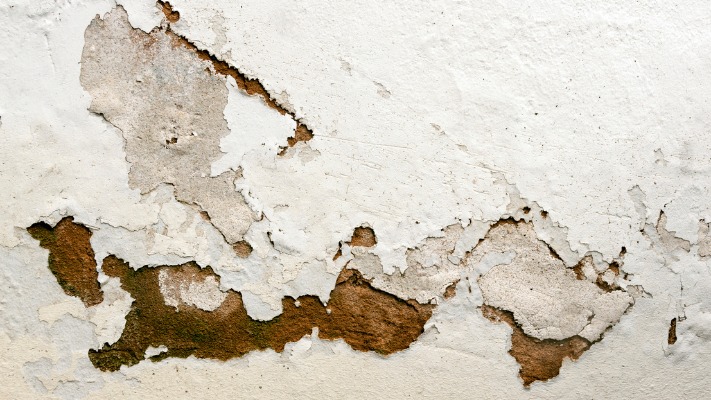
There are some common myths associated with damp rising, on internal and external walls.
Misunderstanding of Symptoms
One reason why rising damp may be mistaken as a myth is the misinterpretation of its symptoms. Issues such as damp walls, mould growth, and musty odours are often wrongly attributed to other causes, leading to the belief that rising damp doesn't exist.
Lack of Proper Diagnosis
In some cases, inexperienced or unqualified professionals may misdiagnose the source of dampness, leading to the assumption that rising damp is a myth. Accurate diagnosis by qualified specialists is crucial to identify and address the underlying cause correctly.
Overdiagnosis or Misdiagnosis
On the other hand, it is essential to acknowledge that not all instances of dampness are caused by rising damp. Other factors like condensation, penetrating damp, or plumbing leaks can contribute to similar symptoms, leading to confusion and scepticism.
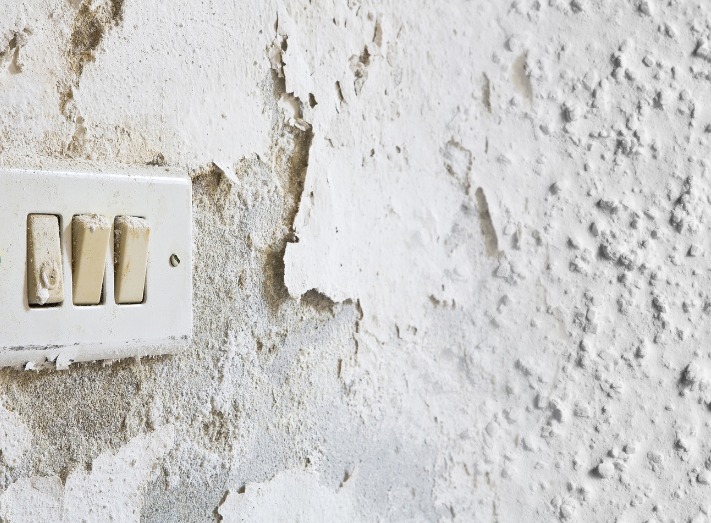
Several factors contribute to the occurrence of rising damp, including:
Faulty or absent damp-proof course (DPC): A DPC is a barrier installed in the walls to prevent moisture from rising. If it is missing or damaged, rising damp can occur.
More details on this > What is a damp proof course?
High ground levels: When the external ground level is higher than the DPC, water can bridge the gap and infiltrate the walls.
Bridged DPC: Poor construction or renovations can lead to a compromised DPC, allowing moisture to bypass the barrier.
Plumbing issues: Leaking pipes or faulty drainage systems can introduce excess moisture into the building, exacerbating rising damp.
Rising damp is a significant problem that can have serious implications for your property. Understanding the seriousness of rising damp is crucial for taking proactive measures to address and prevent it. At DryCore, we recognise the severity of rising damp and offer effective solutions to protect your home from its damaging effects.
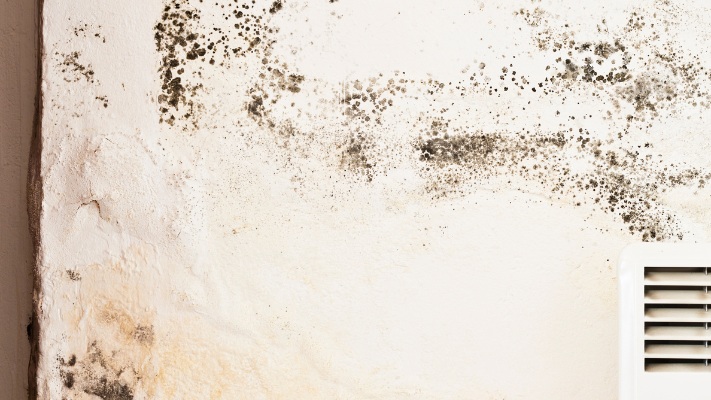
A rising damp problem can be extremely serious, and it is best to treat rising damp as quickly, and as effectively as you can. If you don't damp proof your property, a rising damp problem can lead to the following outcomes.
Structural Damage
One of the primary concerns with rising damp is its potential to cause structural issues with your property. The continuous upward movement of moisture can lead to the deterioration of materials, such as bricks, plaster, and timber. Over time, this can weaken the structural integrity of your home, resulting in costly repairs and compromised stability.
Health Risks
Rising damp creates an ideal environment for the growth of mould, mildew, and fungi. These microorganisms release spores into the air, which can cause respiratory problems, allergies, and other health issues. Prolonged exposure to mould-infested environments can be particularly harmful, especially for individuals with respiratory conditions or weakened immune systems.
Damage to Interior Finishes
The presence of rising damp can cause visible damage to your property's interior finishes. Moisture can result in stained and blistered paintwork, drooping wallpaper, and crumbling plaster. These aesthetic issues not only reduce the visual appeal of your home but also require additional expenses for repairs and redecoration.
Increased Energy Consumption
Rising damp can impact the energy efficiency of your property. Damp walls are more challenging to heat and can lead to increased energy consumption to maintain a comfortable temperature. This can result in higher energy bills, putting a strain on your finances in the long run.
These are all serious concerns, which means it is best to treat rising damp effectively, and we can assist with this issue, and all rising or penetrating damp issues.
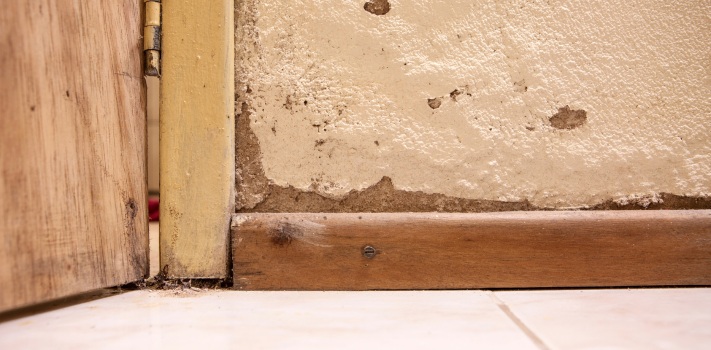
At DryCore, we offer tailored rising damp treatment solutions to effectively address the issue at its core. Our team of specialists follows a systematic approach in fixing rising damp:
Damp survey
Our experts will conduct a thorough inspection to assess the extent of the rising damp and identify any underlying causes.
DPC installation or repair
We will install a new damp-proof course or repair the existing one to prevent further moisture infiltration.
Wall treatment
We use industry-leading products and techniques to dry out the affected walls, remove any existing mould, and restore them to their original condition. We can install a damp proof membrane, which keeps water and moisture out.
Moisture management
We implement effective moisture control measures, such as proper ventilation and drainage solutions (including the installation of a damp proof membrane), to maintain a dry environment and prevent future damp issues. The use of damp proof cream is a highly recommended way to treat rising damp, and if applicable, we will use this method at your property.
As you can see, we treat rising damp in a number of ways and whether you need a new damp proof course or treatments to bolster your walls, we are on hand to assist you with rising dampness.
Rising damp can affect interior and exterior walls. When it comes to internal walling, several factors contribute to the occurrence of rising damp. Understanding these causes is essential for effectively addressing the matter of a damp wall.
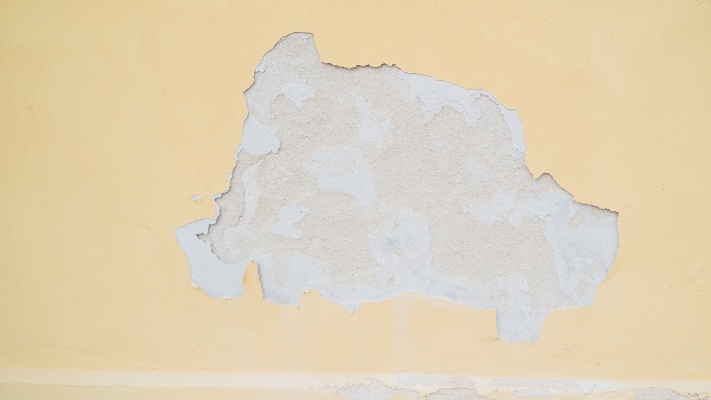
Below are the primary reasons for rising damp in interior walls:
Faulty or Absent Damp-Proof Course
A remedial damp-proof course is a barrier installed within the walls to prevent moisture from rising. If the DPC is damaged, deteriorated, or absent, it can allow water to penetrate the walls, leading to rising damp on internal walls.
Bridged DPC
In some cases, the damp-proof course may become bridged due to poor construction or subsequent alterations. This occurs when materials, such as render, paint, or plaster, are applied directly onto the damp-proof course, allowing moisture to bypass the barrier and enter the walls.
Plumbing Leaks
Leaking pipes or faulty plumbing systems within the walls can introduce excess moisture into the building, contributing to rising damp in walls. These leaks can go unnoticed for an extended period, exacerbating the problem and causing further damage.
High Groundwater Levels
If the property is located in an area with high groundwater levels, the hydrostatic pressure can force water to rise through interior walls. This is especially common in properties without adequate drainage systems or where the external ground levels are higher than the damp-proof course.
Capillary Action
Capillary action refers to the ability of porous materials, such as bricks, to draw moisture upward through their tiny channels. If the walls are constructed with porous materials or if there are gaps or cracks present, they can facilitate the movement of moisture through capillary action.
Our approach to addressing rising damp in walls at DryCore involves a thorough inspection to determine the extent and causes of the issue. We then recommend repairing or installing a DPC to prevent moisture from rising and protect the walls.
Our experts employ effective wall treatment methods to dry out the affected walls, remove mould and dampness, and restore them to their optimal condition. If plumbing leaks or a penetrating damp issue are identified as a contributing factor, we collaborate with qualified plumbers to repair the issues and eliminate excess moisture.
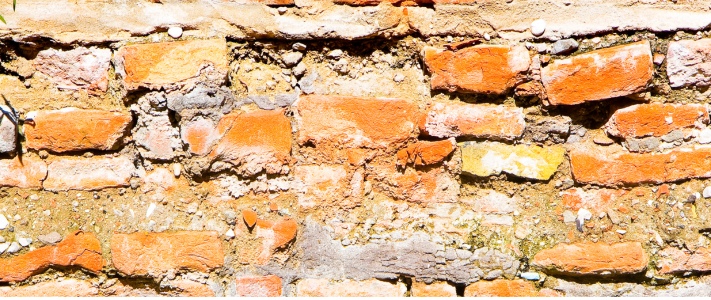
Rising damp is not limited to internal walls; it can also affect external walls of a property. Understanding the causes of rising damp in outer walls is crucial for effectively addressing the issue.
Here are the primary factors that contribute to rising damp in walls:
Faulty or Absent Damp-Proof Course
A damp-proof course acts as a barrier to prevent moisture from rising in walls. If the DPC in the walls is damaged, incorrectly installed, or absent altogether, it can allow water to seep upward, resulting in rising damp.
Bridged DPC
In some cases, the damp-proof course may become bridged due to poor construction or subsequent alterations. This occurs when materials such as render, paint, or external ground levels are applied directly onto the damp-proof course, allowing moisture to bypass the barrier and enter the walls.
Poor External Ground Levels
If the ground levels around the property are higher than the damp-proof course, it can lead to the infiltration of water into the walls. Rainwater or irrigation runoff can accumulate against the walls, causing rising damp to occur.
Cracked or Porous Masonry
Outer walls made of porous materials or with cracks provide an entry point for moisture. Water can penetrate the masonry through capillary action, gradually rising and causing dampness in the walls.
Defective Rainwater Goods
Faulty or inadequate rainwater goods, such as gutters, downpipes, or drainage systems, can result in water pooling or overflowing near the walls. This excess water can then penetrate the walls and contribute to rising damp.
Our approach to addressing rising damp in walls at DryCore involves a comprehensive inspection to identify the extent and causes of the issue. We recommend repairing or installing a damp-proof course to prevent moisture from rising in exterior walls.
Our specialists conduct necessary repairs on cracked or porous masonry, restoring the integrity of the walls. We also assess and adjust ground levels to prevent water accumulation. Additionally, we inspect and maintain rainwater goods to ensure proper functioning. Our goal is to provide a thorough solution that restores dryness, structural integrity, and longevity to your property.
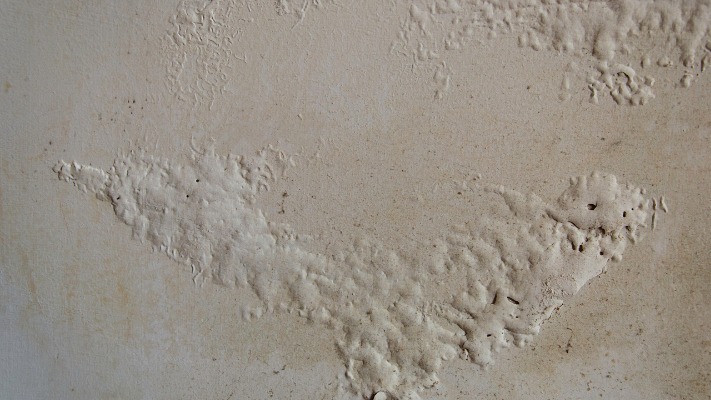
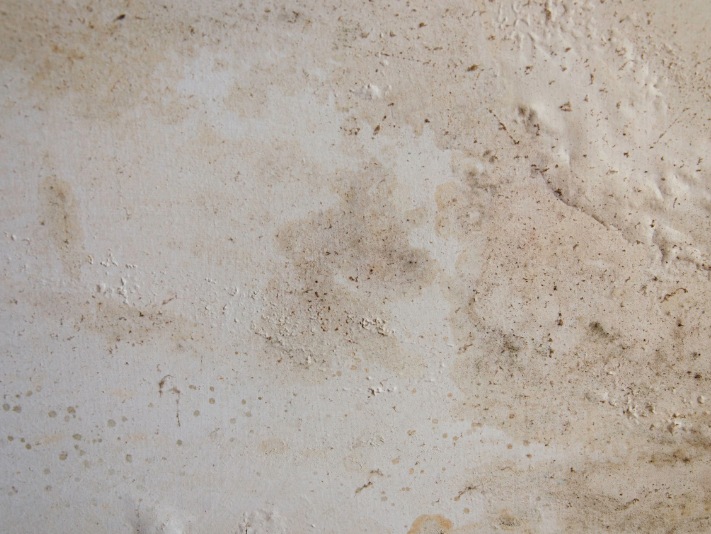
As prevention is the best cure, here are some of our best rising damp solutions, ideal to prevent rising damp:
By implementing these preventive measures, you can significantly reduce the risk of rising damp and maintain a dry and healthy environment in your property.
A damp-proof course (DPC) is a protective barrier installed in buildings to prevent moisture from rising through the walls by capillary action. It is typically a horizontal layer made of materials like bitumen felt, plastic, or specialised membranes.
The DPC is positioned in the walls at a strategic height, usually above ground level, to create a barrier that blocks the upward movement of water or moisture.
By effectively preventing rising damp, the DPC helps maintain the structural integrity of the building and protects it from damage caused by excess moisture.
Yes, rising damp can be permanently fixed by identifying and addressing the underlying causes, repairing or installing a damp-proof course (DPC), and implementing appropriate measures to prevent moisture from rising in the walls.
Buying a house with rising damp can be risky and costly, as it can be buying a home with penetrating damp concerns. It is advisable to thoroughly assess the extent of the issue and consider the potential expenses for treatment and repairs before making a decision. Consulting with professionals and obtaining a detailed survey is recommended.
It is not illegal to sell a house with rising damp, but sellers are generally required to disclose any known issues, including rising damp. Buyers should be informed about the presence of rising damp and any significant damp problems (including penetrating damp if applicable), and negotiations may be necessary to account for the required repairs.
While rising damp is more common in older buildings due to the absence or deterioration of damp-proof courses, it does not necessarily mean that most old houses have rising damp. Proper maintenance and previous treatments can prevent or mitigate the occurrence of rising damp in older properties.
Rising damp treatment itself does not cause dirt in the house. However, during the treatment process, there may be some disruption, such as drilling or removal of affected materials, which can generate dust or debris. Professional damp treatment specialists take precautions to minimise any mess and clean up after the treatment is completed.
We know you have many companies to consider when it comes to rising damp treatment, but here are some of the key reasons why our customers choose and recommend us.
Expertise: Our team comprises experienced damp specialists with extensive knowledge in rising damp treatment and prevention.
Tailored solutions: We understand that every property is unique, which is why we provide a personalised rising damp treatment process for you.
Quality products: Our team uses high-quality, industry-approved products, including damp proof cream and damp proof paint, that deliver superior results and long-term protection against rising damp.
Customer satisfaction: We prioritise customer satisfaction and strive to provide a seamless and hassle-free experience from start to finish. We want to remove damp patches and damp problems from your home permanently.
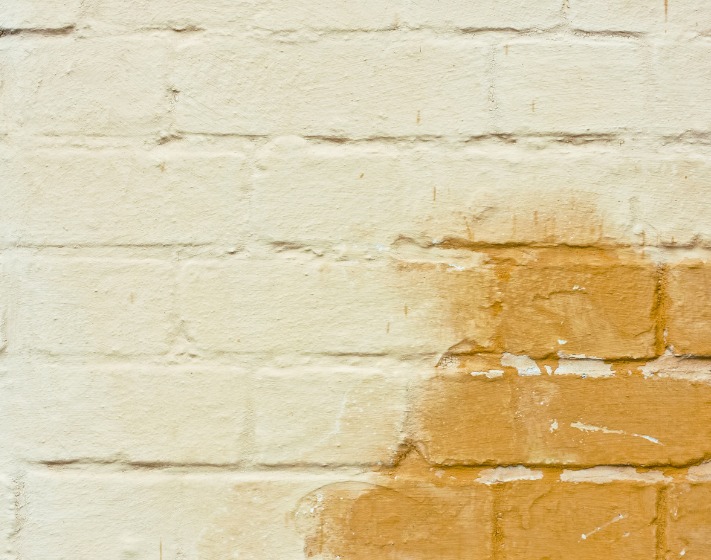
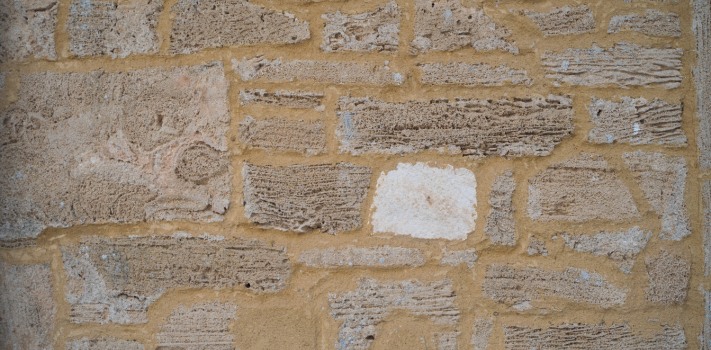
Don't let rising damp compromise the integrity of your property. Contact DryCore today to schedule a professional rising damp survey and take the first step toward a dry, healthy, and protected living space.
Our team of rising damp treatment specialists is ready to provide tailored solutions that meet your needs and ensure the long-term integrity of your property.
A "tide mark" on the lower portions of the afflicted walls is a common symptom of rising damp in UK homes. Along with decaying plaster, peeling paint or wallpaper, and a musty odour, you might also notice them. Timber floors may deteriorate as a result of extended exposure in more serious situations.
The degree of the increasing damp will determine how disruptive it is in your home. considerable remedies would entail repairing damaged plaster with new material or installing a damp-proofing course, both of which could cause considerable disruption. However, experts attempt to cause as little disruption as possible and often work room by room to ensure that some areas of your home may still be used.
Technically, rising damp should not recur if a remedy is properly used. However, in certain instances, it can come back if the dampness's root cause wasn't properly addressed or the damp-proofing course doesn't work. Professional inspections on a regular basis will guarantee that your house is never affected by increasing damp.
If rising damp goes untreated, it can lead to structural issues, decay of materials, and the growth of mould and mildew. It can also affect the aesthetics of the property and potentially cause health issues for occupants.